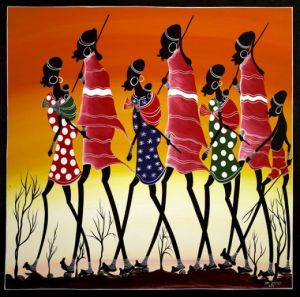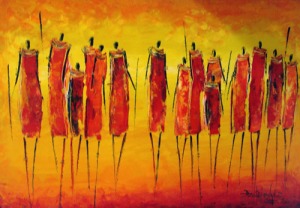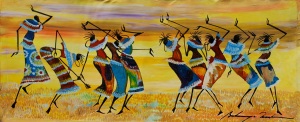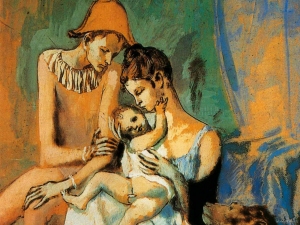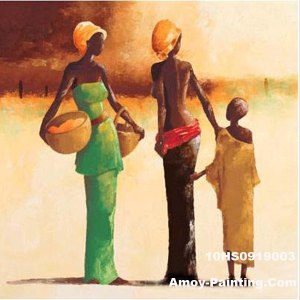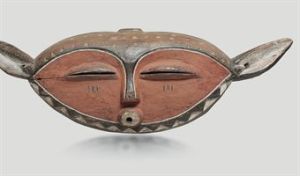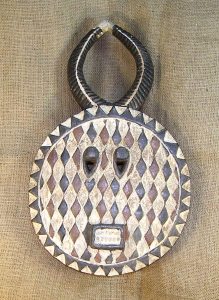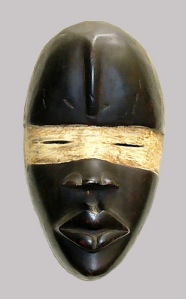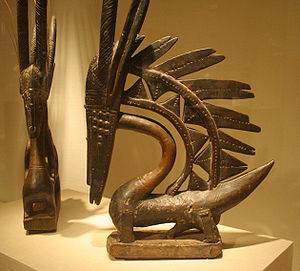African Art 1- In this piece of African art, there is a group of people walking with some sort of stick with the glowing sun behind them. I really like this piece because it is very traditional with the clothes the people are wearing and it has a lot of red, orange, and yellow in it like most traditional African paintings. I think it looks very nice and bright.
African Art 2- In this African painting there are more tall figures that are silhouetted and there is a bright orange and red background once again. I do not like this painting because it is a lot like the last one but not as colorful, it just seems boring to me.
African Art 3- For this last piece of African art something I thought was a little more interesting. In this painting there are some tall, lanky people doing what looks like a dance. This looks like a really good piece of traditional African art because there are the tall people like the previous paintings, they are doing some kind of dance, and the background is kept to an orange-ish color. I like this painting because it is kept traditional, but it is more colorful and interesting than other African art.
